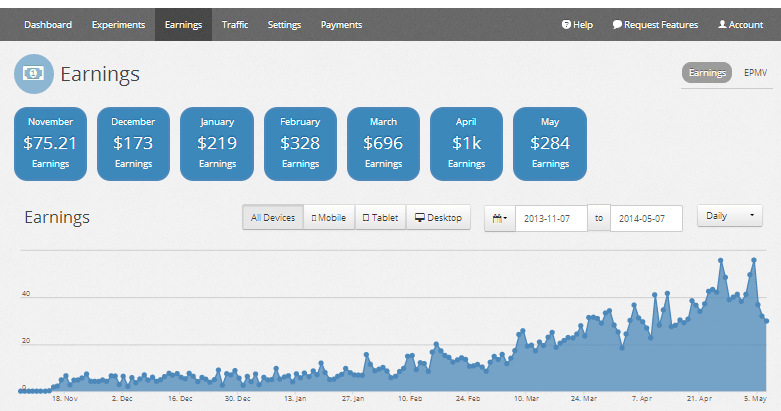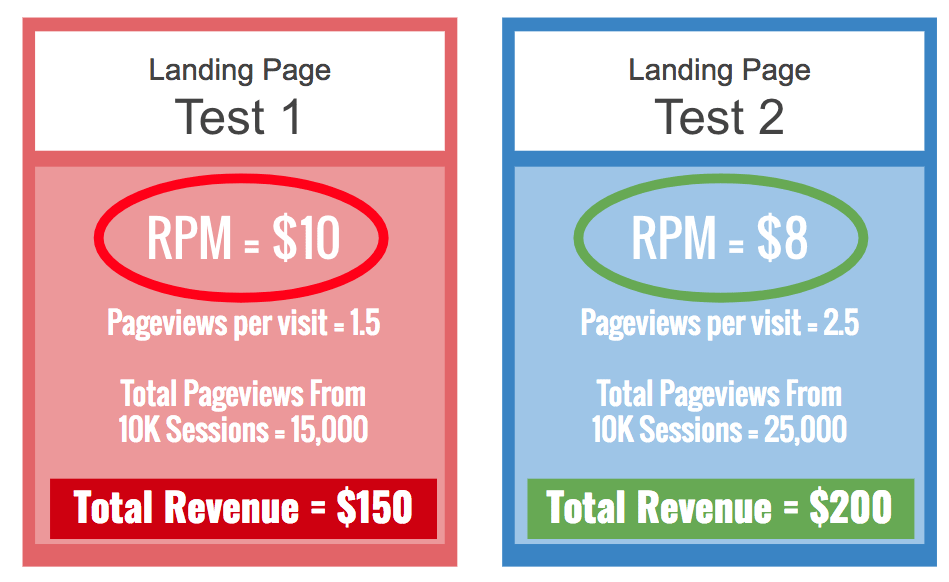
Do You Need An Ad Ops Team?

Get helpful updates in your inbox
Do You Need An Ad Ops Team?
If you’re reading this article, there’s a good chance you’ve built yourself a website and decided to try and make some money. That may be where you’ve encountered the idea of an ad ops team.

For a lot of online publishers, the catalyst to start a website be the fact that you’ve read somewhere that people can make money by publishing content online, and maybe you’ve thought to yourself, “I’d like to make money! How do I do that?!”
One of the easiest, most sustainable, and highest paying ways to do this is to display ads on your property to generate ad earnings. How ads are configured on your site can make a huge difference in the amount of revenue generated.
Enter the world of Ad Operations.
What does ad ops consist of?
Generally speaking, anything involved in getting ads onto a website and trying to make money can be considered Ad Operations (ad ops or AdOps).
For a lot of publishers, it’s common to start this process at Google by applying to the Google AdSense program. Well, guess what, if you’ve already done that, you’ve already taken your first steps in ad ops!

There are actually a lot of lessons you can learn from AdSense about how online advertising works and how publishers make money from advertisers in these ecosystems.
AdSense is meant to be an easy means by which publishers display Google ads on their websites. Learning to apply, implement, and display these ads on your site will help provide some base level knowledge of ad technology (ad tech).
However, ad ops get much more complex than this.
What is ad ops?
Ad ops — or AdOps — is shorthand for Advertising Operations (sometimes also referred to as Media Operations, Ad Revenue Optimization, Digital Advertising or Making Money From Ads), and historically it’s meant a variety of things depending on the type of advertising involved.
For the purposes of this article, we’re going to stick to answering the question of “What is AdOps” in the context of digital advertising or digital media on the publisher side, but some of the same concepts may apply to other advertising formats.

Ad ops in this setting refers to a series of steps or processes that need to be followed to accept advertising on your website.
Just as setting up that website had a series of steps required to get started, like deciding where to register your domain or which partner to choose to host your website content and assets, ad ops at a basic level is a series of steps that you should take to put ads on your site and monitor how much money you are now bringing in from those ads.
Do I need ad ops?
If your source of revenue will be coming from digital advertising, then the answer is a resounding YES! But, that doesn’t necessarily mean you have to hire someone or enlist the services of anyone.
Publishers will need some form of ad technology implemented on their site to earn revenue form ads. The level of sophistication needed here will ultimately be determined by the size of the site, goals, and amount of ad earnings the publisher would like to generate vs. other streams of revenue (i.e. subscriptions).

As you can imagine, these steps can be pretty complicated depending on how big or complicated your website is, so for purposes of this post, we’ll be simplifying things quite a bit.
If you’re a big publisher with a ton of traffic, you may benefit from actually hiring a dedicated professional to help you manage your revenue or ad ops processes, but for many publishers just getting started, a lot of this can be handled on your own or by your technical staff.
Here are 4 steps that every webmaster or publisher will need to take to get started with ad ops:
1.) Learn where you want to place ads on your site
Just as you’ve built a great website and decided on how you want to design that website, you also need to consider where you may want to place your ads.
For a lot of publishers, one of the common ways to start is by looking at similar publishers you’ve admired and potentially see where they’ve decided to place ads on their site.

Unfortunately, even similar niche websites have different audiences and there are no guarantees that one site’s ad setup will work for another.
https://blog.ezoic.com/good-rpm-ecpm-website/
Testing ad locations is the only way to know which locations offer the greatest revenue benefits without annoying visitors.
2.) Set up a “tag” for each place you want the ads to serve
When you’re setting up your first ads, you need to set up ad “tags” which will serve the ads.

No, I don’t mean those things that hang off clothing items that tell you how much that jacket will cost, but code snippets that will live on your website and call the ad system to return an ad when a user visits your page. At a basic level, you’ll want to set up a unique tag for each place you want to put an ad on your site. If you’ve used AdSense before, you’re likely familiar with us to a small degree.
Most ad systems don’t allow you to take a use the same tag in each spot you want to serve an ad.
3.) Monitor ad reporting to track ad earnings
Once the tags are live on your pages, and you’re starting to see ads serve. Great!
You’ve taken care of the hardest part of the initial setup process! And now is when the fun stuff begins…
Advertising systems can sometimes have discrepancies and you’ll need to build a way to monitor what ad revenue you’re bringing in as part of your daily operations.
If you’re just getting started, you may be a little surprised by how much you make off your initial audience size, but as you continue to grow out and continue to build your audience, having these monitoring as part of your daily process will allow you to see how growth in traffic and audience results in higher and higher revenue.

I cannot stress how important it is to monitor EPMV (earnings per thousand visitors).
Typically, ad networks and ad suppliers will deliver you RPMs and CPMs as “revenue metrics”; however, these are not telling you how much you’re actually earning per visitor. They are telling you how much you earn per page or per ad.
What if an ad is causing a drop in pageviews per visit? This would affect overall earning poorly, but RPMs would potentially go up.
Calculating EPMV can help you avoid optimizing the wrong thing. It is one of the most common pitfalls for ad ops professionals.
4.) Optimizing your “ad stack”
This is one of the areas where you’ll probably spend the most time as publisher — optimizing your ad stack.
Once you see how each ad performs for your site and you’ve set a strategy for ad sizes and locations, you’ll start to wonder if you could be making more if you started to test out various combinations.
This can be a huge time commitment, but it’s a very important part of the process.

Your understanding — and ability to commit time to this area — will ultimately determine just how well optimized your ad ops will be.
Larger sites often find the benefit of turning this over to external teams — or hire inside professionals to do this. However, it is entirely possible to learn to do this yourself; as most of the resources necessary are available online for free.
You’ll need to identify tools and services that can help you manage your time and efforts effectively. That is one of the primary benefits of the Ezoic platform.
Ezoic helps scale optimization efforts quickly.
Do I need to be using an ad ops team to avoid leaving money on the table?
Well, thankfully there are platforms like Ezoic that can take part of the heavy lifting out of this process and let you focus on what got you started in the first place — building a great website!
Creating good content is the most important step towards generating revenue on digital properties. Focusing on what you think your audience would like best can pay off more than any ad ops efforts.
In all of our years working with publishers, we find that the most successful strategies start with quality content and worry about advertising once that quality content is in place.
Can you make the most amount of money possible on your site without an ad ops team? Yes.
Will you be able to earn as much as an internal or outsources ad ops team without the help of platforms like Ezoic or investing your time heavily in optimizing your stack? Probably not.
Thoughts, questions? Leave them below.

Tyler is an award-winning digital marketer, founder of Pubtelligence, CMO of Ezoic, SEO speaker, successful start-up founder, and well-known publishing industry personality.
Featured Content
Checkout this popular and trending content

Ranking In Universal Search Results: Video Is The Secret
See how Flickify can become the ultimate SEO hack for sites missing out on rankings because of a lack of video.
Announcement

Ezoic Edge: The Fastest Way To Load Pages. Period.
Ezoic announces an industry-first edge content delivery network for websites and creators; bringing the fastest pages on the web to Ezoic publishers.
Launch

Ezoic Unveils New Enterprise Program: Empowering Creators to Scale and Succeed
Ezoic recently announced a higher level designed for publishers that have reached that ultimate stage of growth. See what it means for Ezoic users.
Announcement
